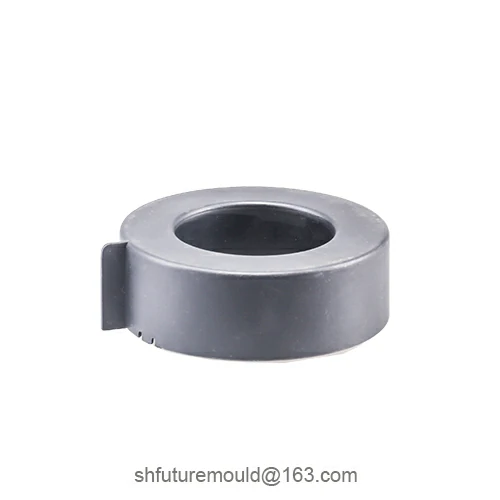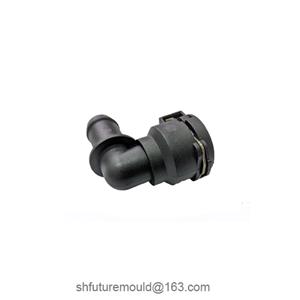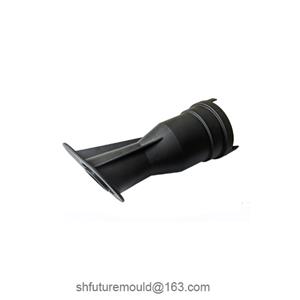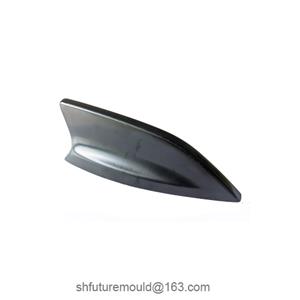Choosing between Soft and Hard Molds in Injection Mold Manufacturing
The choice between soft and hard molds in injection mold manufacturing is a critical decision that directly impacts product quality, production efficiency, and cost. This article will provide a detailed comparison of the advantages and disadvantages of soft and hard molds, and offer recommendations for selection.
Soft Molds
Advantages: Low cost: Lower manufacturing costs, suitable for small-batch production and rapid prototyping.
Short cycle time: Short manufacturing cycle, allowing for quick sample acquisition.
High flexibility: Design modifications can be made quickly to accommodate product changes.
Diverse material options: A variety of materials can be selected to meet the needs of different products.
Disadvantages: Low precision: Surface finish and dimensional accuracy are inferior to hard molds.
Short lifespan: Limited number of uses, not suitable for mass production.
Low strength: The mold has lower strength and is prone to deformation.
Hard Molds
Advantages: High precision: High surface finish and dimensional accuracy, ensuring stable product quality.
Long lifespan: It can be reused multiple times and is suitable for mass production.
High strength: The mold has high strength and is not easily deformed.
Disadvantages: High cost: Higher manufacturing costs and larger upfront investment.
Long cycle time: Longer manufacturing cycle, not suitable for rapid prototyping.
Low flexibility: Design modifications are difficult and costly.
Selection Recommendations
The choice between soft and hard molds depends on several factors:
1. Production volume:
Small batches or prototypes: Choose soft molds for their low cost and short cycle time.
Mass production: Choose hard molds for their high precision and long lifespan.
2. Product precision requirements:
High requirements for surface finish and dimensional accuracy: Choose hard molds.
Low requirements for product precision: Choose soft molds.
3. Product material:
Special material requirements: Select suitable mold materials based on material properties.
4. Product life cycle:
Short product life cycle: Choose soft molds for quick response to market changes.
Long product life cycle: Choose hard molds to reduce long-term production costs.
5. Budget:
Limited budget: Choose soft molds to minimize upfront investment.
Sufficient budget: Choose hard molds to ensure product quality.
In summary, both soft and hard molds have advantages and disadvantages. The optimal choice depends on the product's specific characteristics, production requirements, and the company's actual situation.
- Injection Mold
- Automotive Injection Mold
- Electronics & Electrical Injection Mold
- Consumer Goods Injection Mold
- Airplane Components Injection Mold
- Medical Components Injection Mold
- Irrigation Components Injection Mold
- Injection Molds




